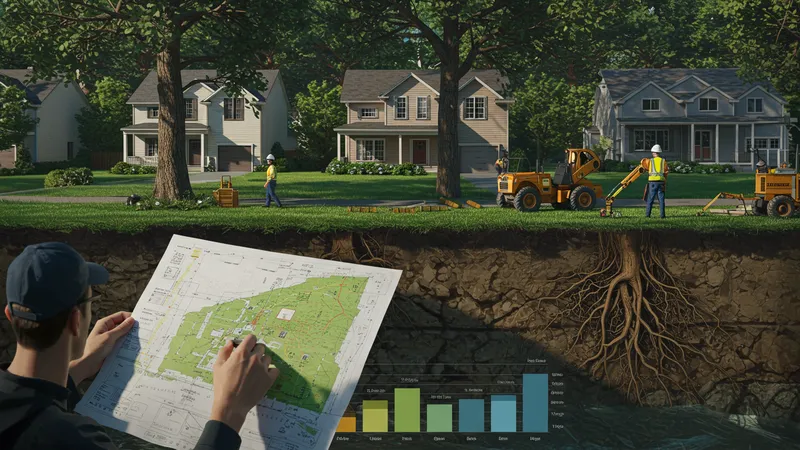
Read About Tree Root Damage To Home Foundations
The Economics of Root Damage Control
In the financial playing field, the risk of tree root damage introduces numerous economic considerations. The cost of remedying foundation issues caused by tree roots can rise exponentially if left ignored, often blindsiding unprepared homeowners. But there’s a broader context regarding preventive investments—do these costs ultimately pay off?

Interestingly, some homeowners have calculated that investing in preventative measures, like regular root mapping and trenching barriers, yields substantial savings compared to emergency repairs. It becomes clearer through case studies that proactive management not only protects properties but also boosts their overall market value. Could these preventative investments shift economic priorities?
The economics extend to community development on larger scales too. Cities and towns are increasingly prioritizing green infrastructure development, allocating funds to create harmonious blends of urban and natural spaces. As these spaces thrive, so too does the local economy, fueled by eco-tourism and improved quality of life. Does greenery reassure community prosperity?
Financial foresight is indeed the forefront of savvy real estate investments. Those who value sustainability may find that each dollar spent on tree-aware landscaping today reaps unmatched rewards tomorrow. Isn’t this perhaps the ultimate economic equilibrium—a landscape where ecology and economy bloom in tandem?